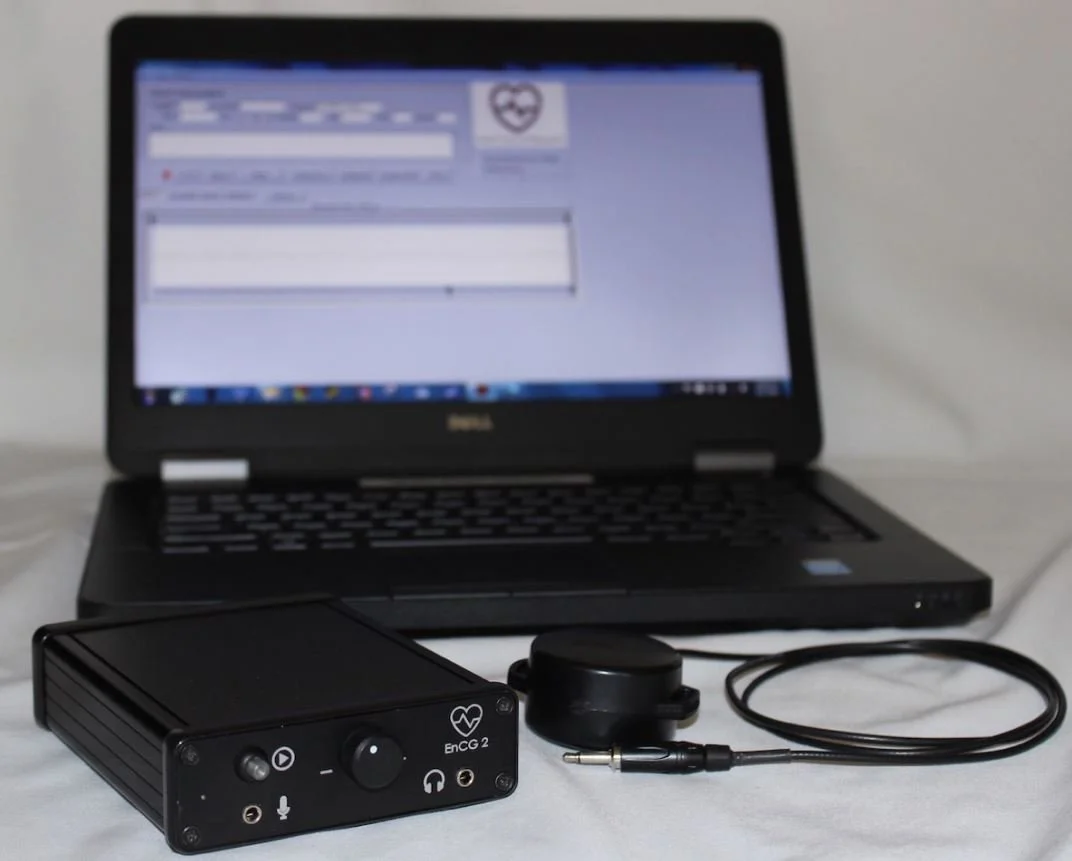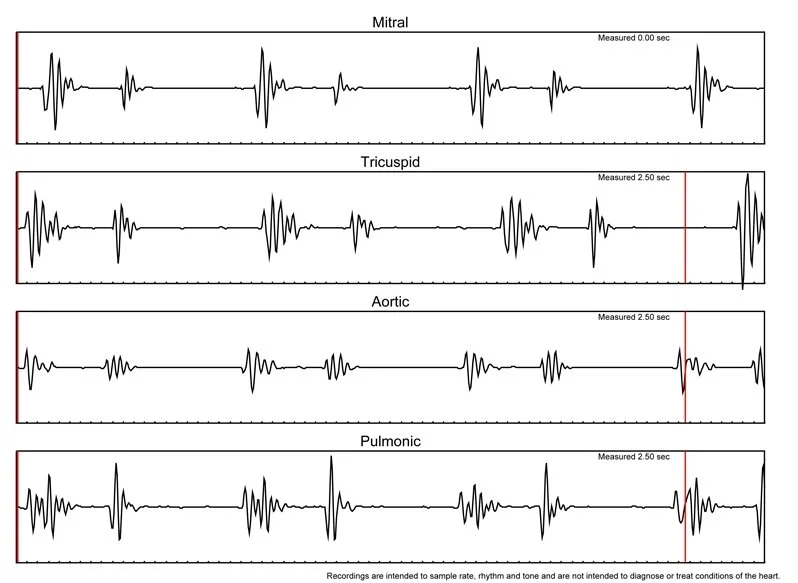Heart Sound Recorder
Please Note:
Appointment days are Mondays and Thursdays only for this service.
A credit card is required to hold this appointment. If you are a no show or don’t cancel within the allotted time, we will charge your card the full appointment price.
Many of our clients and customers have sensitivities to certain chemicals and smells, therefore we ask that you please refrain from wearing perfume or anything scented the day you come in for your appointment. Thank you for understanding.
Your heart has a story to tell. Sometimes long before symptoms show up. The Heart Sound Recorder (HSR) gives us a gentle, non-invasive way to listen. Originally created by Dr. Royal Lee, the founder of Standard Process, this tool has been modernized with today’s technology to help us see your heart in a whole new way.
How It Works
During your appointment, a small microphone is placed over each of the four valve areas of your heart. The HSR captures the sound and movement of each beat, displaying them as a graph on the screen. From there, we can observe your heart’s:
♥ Rate: how quickly your heart is beating, and how well your “fight or flight” and “rest and digest” responses are balanced.
♥ Rhythm: the balance of work and rest in each heartbeat. A healthy heart should rest twice as long as it works.
♥ Tone: the strength and efficiency of your heart as it pushes blood through your body and prepares for the next cycle.
These patterns can give us insight into how your body is responding to stress, nutrition, and lifestyle—and how simple changes may restore balance.
Why It Matters
The heart is often the first to show when the body is under stress or lacking proper nutrition. By monitoring its rate, rhythm, and tone, we can track your progress and see how your body responds to supportive care, better nutrition, and lifestyle shifts. The HSR isn’t just a tes. it’s a guide to understanding how your body is really doing.
What to Expect
Your appointment is comfortable, safe, and non-invasive. To prepare:
Wear a thin top or light layers for easy access to your chest area.
Avoid food and caffeine for at least 2 hours beforehand, since digestion and stimulants can mask the clearest readings.
Give yourself a relaxed window of time around your appointment, your heart loves calm, too.
A Simple Step Toward Better Health
The Heart Sound Recorder gives you a unique glimpse into your health, helping you and your practitioner see where your body may need support. With that knowledge, you’ll be better equipped to take meaningful steps toward improved energy, better rest, and overall wellness.
Heart Sound Recorder: $125
Ready to Hear What Your Heart Has to Say?
Your heart works tirelessly for you every single day—and sometimes it gives gentle clues about what it needs most. The Heart Sound Recorder can help you see those signals more clearly, so you can take steps toward feeling your best.
Schedule your Heart Sound Recorder appointment today and discover a simple, non-invasive way to better understand your health.
Call: 803-798-8687



